




- BRNN
- BRI News
- BRNN News
- Database
Official Documents Polices and Regulations
Inter-government Documents International Cooperation BRI Countries
Business Guide Economic Data BRI Data
Trade
Investment Projects Latest projects
Cases - Content Pool
Techo International Airport, situated 20 kilometers south of Cambodia's capital, represents a key collaboration between China and Cambodia under the Belt and Road Initiative.
The 4F-level airport, built by China Construction Third Engineering Bureau Group Co., Ltd. alongside Cambodian partners, is approaching a significant milestone.
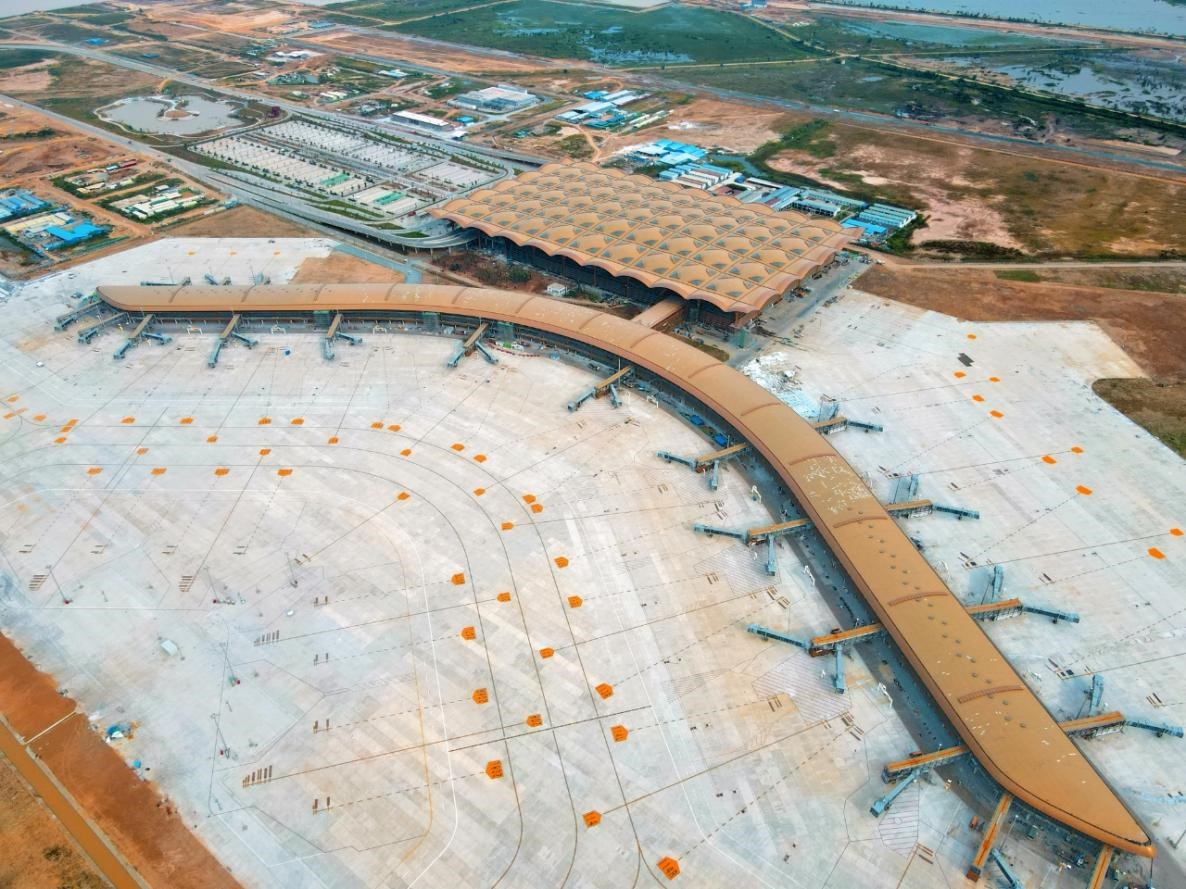
An aerial view of Techo International Airport. (Photo provided by China Construction Third Engineering Bureau Group Co., Ltd.)
The airport's steel dome structure symbolizes the partnership between the two nations.
Engineers from both countries formed a joint team to tackle challenges posed by the tropical monsoon climate, working in continuous 24-hour shifts.
Cambodian team members provided expertise on local climate conditions, while Chinese engineers implemented an intelligent meteorological warning system to adapt construction plans accordingly.
During the terminal's foundation work, technicians developed a "layered grouting method" that modified China's bored pile technology to suit Cambodia's geological conditions, achieving settlement control accuracy that meets international standards.
For the construction of the dome, designed to resemble a sugar palm tree, the BIM Technology Joint Laboratory assisted with modeling and lifting operations. More than 200 young Cambodian engineers received training from Chinese experts during the project.
"The Chinese team generously shared their construction methods and technologies, giving us wings to soar," said Sosita, a Cambodian steel structure engineer working on the project.
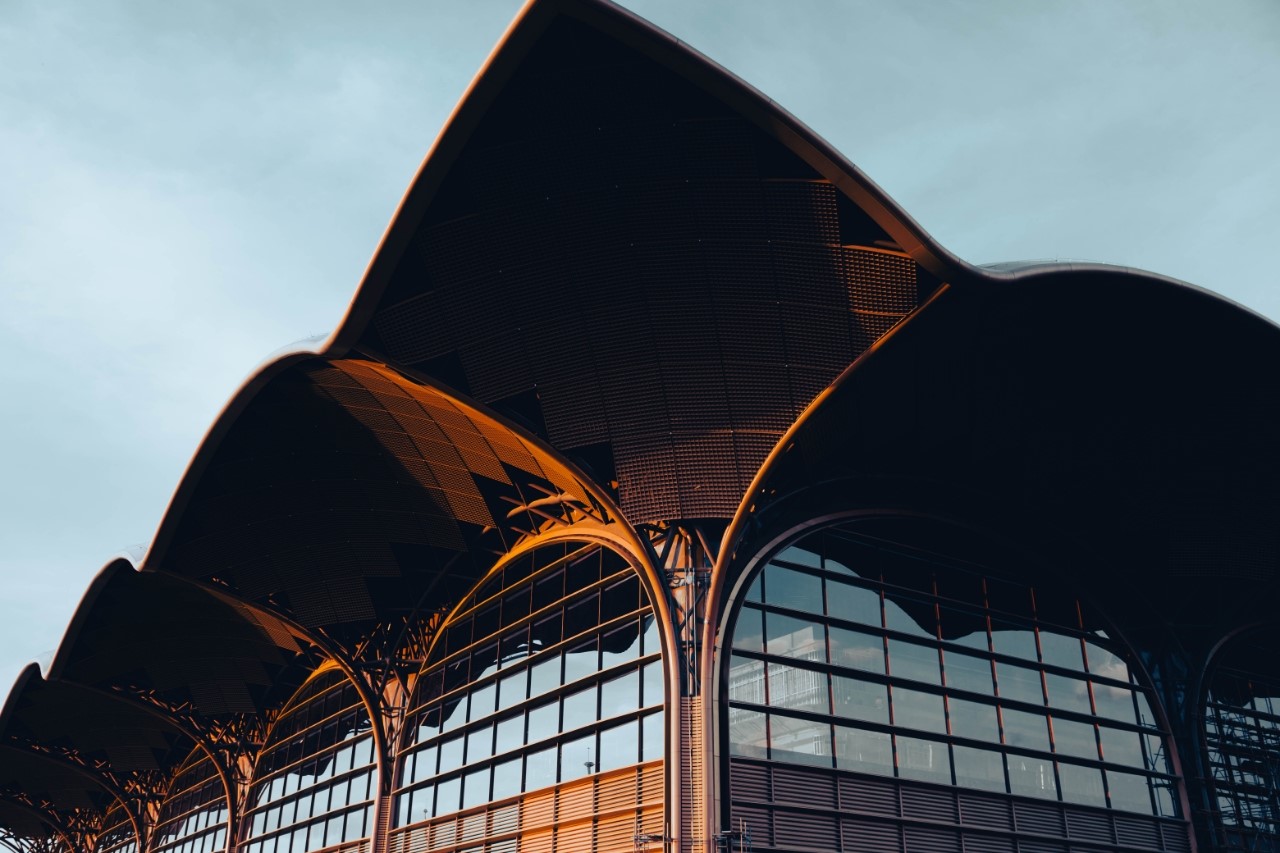
Close-up of the airport terminal's curved architectural facade. (Photo provided by China Construction Third Engineering Bureau Group Co., Ltd.)
The airport incorporates what officials describe as a "zero-carbon" design jointly developed by Chinese and Cambodian engineers. The team integrated local solar data into the photovoltaic system, reportedly increasing power generation efficiency by 15 percent.
A water conservation feature called the "Ecological Rain Garden," designed by Cambodian engineers, implements sustainable water management throughout the facility.
Within the terminal building, Chinese and Cambodian artists collaborated to create a large mural titled "The Light of Angkor," which combines traditional Chinese ink painting techniques with Khmer cultural imagery. This mural has become a symbol of cultural exchange and mutual learning between the two countries.
The airport design and operation reflect a collaborative approach between Chinese and Cambodian partners. The exterior design of the terminal building is inspired by the Sumeru Mountain of Angkor Wat, while the interior features elements such as "overhanging eaves and bucket arches" from ancient Chinese architecture.
Airport announcements will be made in three languages — Chinese, Khmer and English — while service desks will be staffed with personnel who speak both Chinese and Khmer.
Yao Deshun, general manager of the project, stated, "Traditional Cambodian artisans contributed to the project's decorative elements. We hope that the new airport will serve as a living museum, showcasing our dual cultural genes."
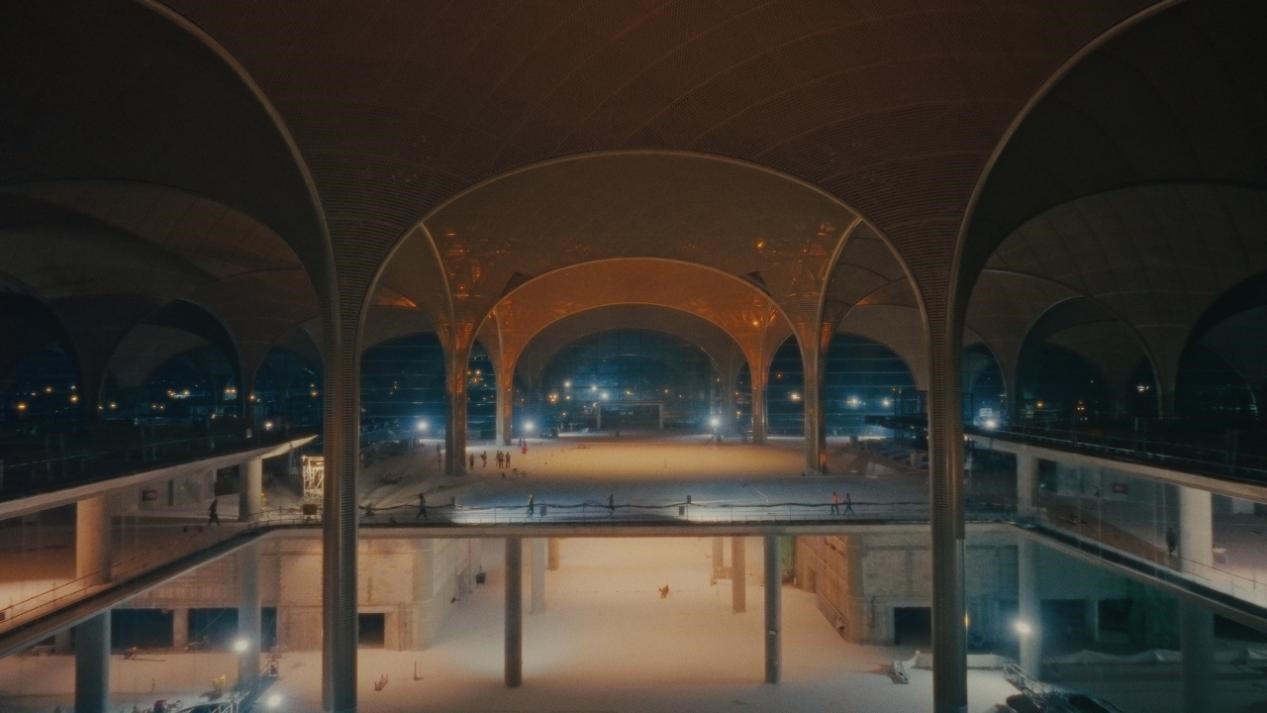
Interior view of the airport terminal during construction. (Photo provided by China Construction Third Engineering Bureau Group Co., Ltd.)
The project has generated personal connections among those working on it. Among those connections: Liu Xiaoxian, a Chinese worker born in the 1990s, and Man Yuliang, a Cambodian woman born after 1995, met during construction and later married — a relationship that represents the partnership between the two countries.
Similarly, Cambodian youth Maida returned to his homeland after graduating from Dali University to work as a water supply and drainage engineer for the Techo International Airport project. Under the guidance of his Chinese mentor, Zeng Qinghui, he has evolved from a novice into a capable professional, now able to lead projects independently. "Chinese technology has given me hope for the efficient use of water resources and has strengthened my determination to contribute to the development of my hometown," Maida remarked.
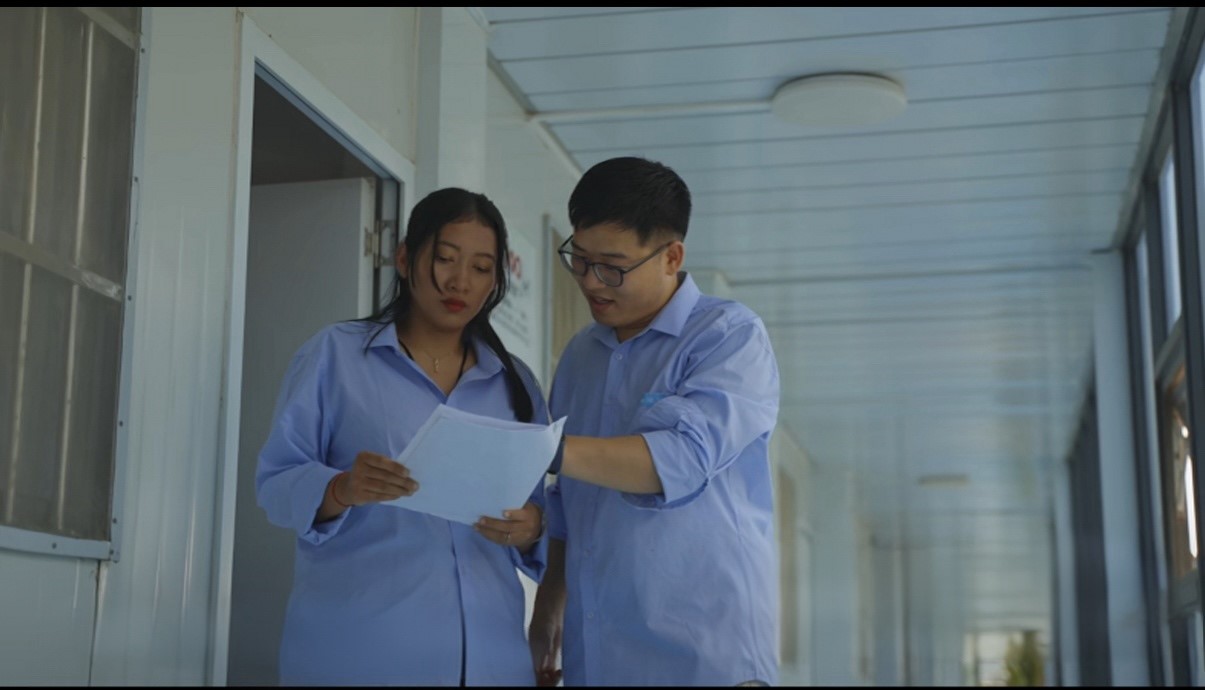
Two project team members review documents at Techo International Airport development. (Photo provided by China Construction Third Engineering Bureau Group Co., Ltd.)
Officials describe the airport as strengthening what they call the "Diamond Hexagon" cooperation framework between China and Cambodia. Techo International Airport will be the first 4F-level airport in Southeast Asia built to Chinese standards, featuring automated runway systems and expedited customs procedures. These features were collaboratively developed by a Chinese technical team and the Cambodian customs authority.
Once operational, experts project the number of direct flights between China and Cambodia will triple, creating an air corridor that can deliver Cambodian agricultural exports like durian and fragrant rice to Chinese markets within 12 hours.
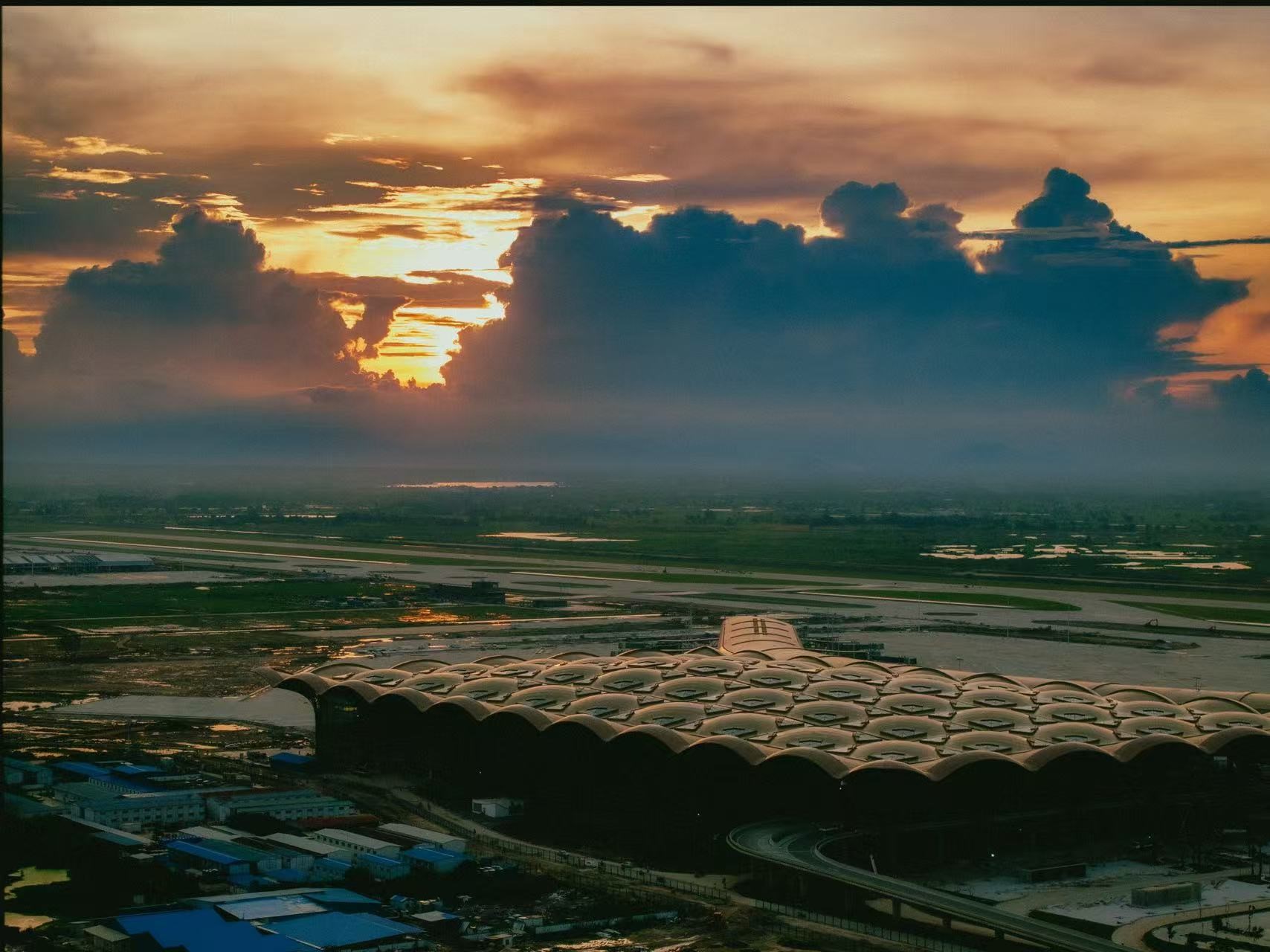
An aerial view of Techo International Airport at sunset. (Photo provided by China Construction Third Engineering Bureau Group Co., Ltd.)

Tel:86-10-65363107, 86-10-65368220, 86-10-65363106